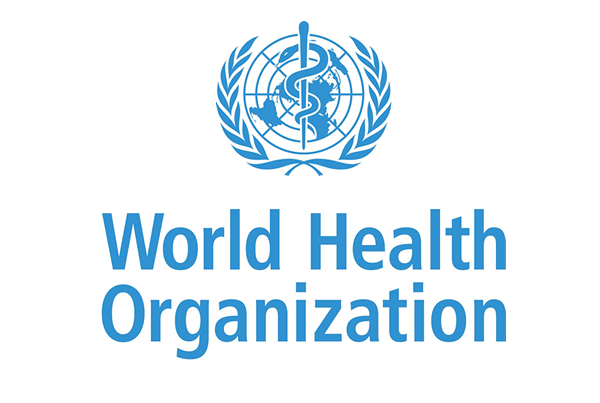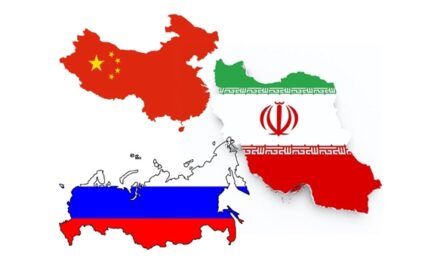Via – The World Health Organization
On 19 September 2019, the Philippines declared an outbreak of polio. Two cases have been reported to date, both caused by vaccine-derived poliovirus type 2 (VDPV2). Environmental samples taken from sewage in Manila on 13 August and a waterway in Davao on 22 August have also tested positive for VDPV2.
The first case was confirmed on 14 September following testing by the National Polio Laboratory at the Research Institute for Tropical Medicine, the Japan National Institute of Infectious Diseases (NIID) and the United States Centers for Disease Control and Prevention (CDC). The case-patient is a 3-year-old girl from Lanao del Sur in the southern Philippines. The virus isolated is genetically linked to VDPV2 previously isolated from environmental samples in Manila and Davao. This indicates that the virus is circulating.
The second case was confirmed on 19 September and is a 5-year-old boy from Laguna Province, approximately 100 km south-east of Metro Manila. Investigations and further characterization of the virus are ongoing.
In addition, VDPV1 has also been isolated from environmental samples collected on 1 July, 22 July, 13 August, and 27 August from Manila.
Vaccine-derived polioviruses are rarely occurring forms of the poliovirus that have genetically changed from the attenuated (weakened) virus contained in oral polio vaccine. They only occur when the vaccine virus is allowed to pass from person to person for a long time, which can only happen in places with limited immunization coverage and inadequate sanitation and hygiene. Over time, as it is passed between unimmunized people, it can regain the ability to cause disease. When the population is fully immunized with both oral polio vaccine and inactivated polio vaccine, this kind of transmission cannot take place. The gut immunity in people immunized with oral polio vaccine stops the virus from being passed on. Full immunization therefore protects against both vaccine-derived and wild polio viruses.
Read More HERE






Recent Comments